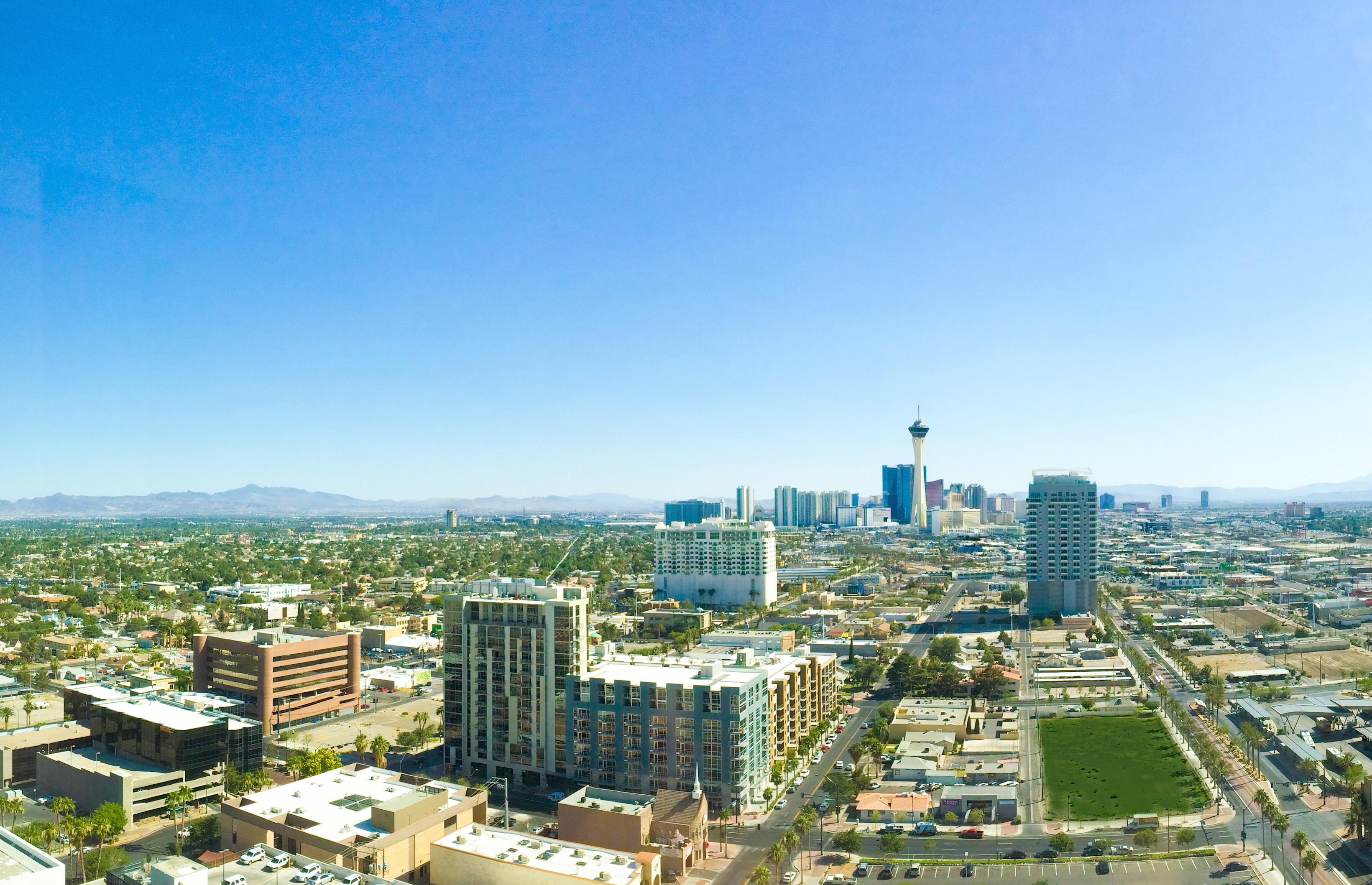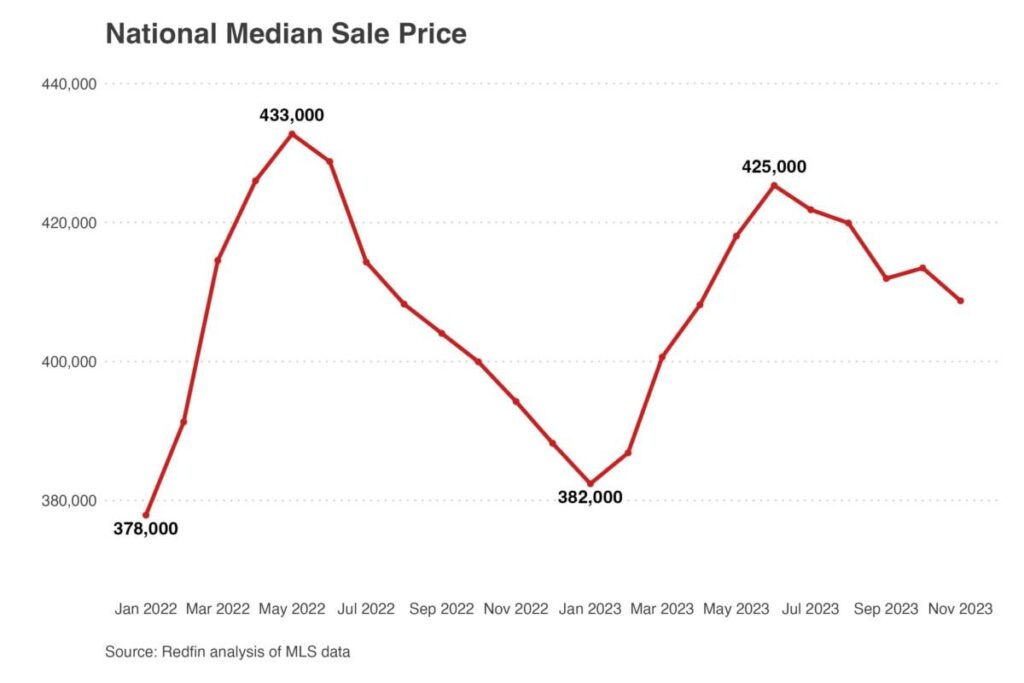As the neon lights of Las Vegas flicker against a backdrop of stunning desert landscapes, the city’s housing market is undergoing a transformation that mirrors its ever-evolving skyline. Once primarily known for its glitzy casinos and lively entertainment scene, Las Vegas is now becoming a focal point for homebuyers and investors alike, drawn by its unique blend of affordability, diversity, and opportunity. In this article, we will delve into the latest trends shaping the Las Vegas housing market, exploring the factors influencing home prices, the shifting demands of buyers, and the implications for both new residents and seasoned investors. Whether you’re considering making a move to the Silver State or simply curious about the dynamics of this vibrant market, join us as we unpack the complexities and exciting developments that are making Las Vegas a hotspot in today’s real estate landscape.
Evaluating the Surge: Key Factors Driving Las Vegas Housing Demand
The surge in housing demand in Las Vegas can be attributed to a blend of economic, demographic, and social factors. One of the predominant influences is the booming economy in the region, characterized by a low unemployment rate and a steady influx of high-paying jobs. This economic growth has attracted a diverse workforce, particularly in sectors such as technology, healthcare, and entertainment. Additionally, the city’s affordable cost of living compared to other major metropolitan areas has converted it into a desirable destination for families and professionals seeking greater financial stability.
Furthermore, the demographic trends indicate a significant population shift, as individuals and families migrate to Nevada for its favorable taxation policies and lifestyle offerings. The city’s vibrant cultural scene, combined with access to outdoor activities in the surrounding areas, has heightened its appeal to millennials and retirees alike. Some key factors contributing to this trend include:
- Low Property Taxes: Attractive for buyers looking to maximize their investment.
- Climate Appeal: Warm weather year-round invites those wanting to escape colder climates.
- Urban Development: Rapid growth and new infrastructure projects enhance living conditions.
| Factor | Impact on Demand |
|---|---|
| Economic Growth | Increases job opportunities and attracts population. |
| Cost of Living | Lower living costs entice homebuyers and renters. |
| Demographic Shifts | Influx of younger and older populations boosts housing needs. |

Navigating Price Fluctuations: Understanding Market Dynamics and Opportunities
The Las Vegas housing market has shown a remarkable ability to adapt to fluctuating economic conditions, revealing a unique interplay between supply, demand, and external factors. Home prices have experienced cyclical shifts influenced by various elements such as interest rates, job market trends, and seasonal demand. To grasp these market dynamics, investors and buyers must keep an eye on key indicators, including:
- Housing Inventory Levels: A rising supply of homes can lead to decreased prices, whereas limited availability often prompts bidding wars.
- Interest Rates: Fluctuating mortgage rates can significantly affect purchasing power and overall market stability.
- Local Employment Trends: The health of the local job market directly influences the demand for housing.
Understanding these factors enables prospective buyers and sellers to capitalize on the opportunities that present themselves during various market conditions. For instance, recent trends reveal a surge in investment in rental properties, reflecting an increasing demand for housing amidst a growing population. Below is a brief overview of current market statistics that underscore this dynamic landscape:
| Metric | Current Value |
|---|---|
| Median Home Price | $400,000 |
| Average Days on Market | 28 Days |
| Year-over-Year Price Change | 8% Increase |
| Rental Vacancy Rate | 4.5% |

Best Neighborhoods for Investment: Spotlight on Emerging Hotspots
As the Las Vegas housing market continues to evolve, several neighborhoods are emerging as prime opportunities for investors seeking future growth. Areas like Summerlin and Henderson are gaining attention for their family-friendly amenities and robust infrastructure, reflecting a trend toward suburban living that is becoming increasingly popular post-pandemic. With their beautiful parks, excellent schools, and shopping centers, these neighborhoods promise strong rental demand and long-term appreciation. Moreover, the anticipated expansions in public transport and road networks in these areas are likely to enhance their attractiveness, making them ideal for investment.
Another neighborhood making waves is Northeast Las Vegas. Once overlooked, it is now undergoing rapid revitalization, with numerous development projects and community initiatives transforming the landscape. Features such as affordable housing options and proximity to the booming downtown area make it a standout choice for savvy investors. Additionally, the Arts District is also gaining traction, appealing to young professionals and creatives. These hotspots collectively provide a range of investment opportunities, offering potential high returns as demand continues to soar in this vibrant city.
| Neighborhood | Investment Appeal | Key Features |
|---|---|---|
| Summerlin | Strong rental demand | Family-friendly, parks, schools |
| Henderson | Long-term appreciation | Shopping centers, amenities |
| Northeast Las Vegas | Rapid revitalization | Affordable housing, community initiatives |
| Arts District | Attraction for young professionals | Cultural vibe, creative spaces |

Future Outlook: Predictions and Strategic Tips for Buyers and Sellers
As the Las Vegas housing market continues to evolve, both buyers and sellers should stay informed about potential shifts and emerging trends. Buyers should brace themselves for a competitive landscape, particularly in sought-after neighborhoods. With home prices projected to see modest gains, it’s crucial for prospective homeowners to act swiftly and be prepared to make competitive offers. Strategies for buyers include:
- Seeking pre-approval for mortgages to streamline the buying process.
- Researching neighborhood demographics and market statistics to make informed decisions.
- Working with experienced local agents who can provide insight into the rapidly changing environment.
For sellers, understanding market dynamics can play a pivotal role in maximizing property value. Anticipating buyer preferences for modern amenities can enhance the appeal of listings. Key strategies for sellers include:
- Investing in minor renovations to elevate property aesthetics and boost marketability.
- Pricing the home strategically to attract a broad audience while leaving room for negotiation.
- Utilizing effective marketing tactics, including virtual tours and high-quality photography to showcase the property.
Moreover, monitoring trends, such as increases in remote work, can highlight opportunities for marketing properties that suit the evolving lifestyle choices of potential buyers.
Q&A
Q&A: Las Vegas Housing Market Trends
Q1: What current trends are shaping the Las Vegas housing market?
A1: The Las Vegas housing market is currently experiencing a blend of moderate price fluctuations, a rise in inventory, and changing buyer demographics. With a mix of new constructions catering to diverse lifestyles and a gradual increase in home prices, the market is evolving. Buyers are showing a growing interest in suburban areas, attracted by larger homes and more green space, while luxury properties continue to thrive on the Strip and surrounding high-end neighborhoods.
Q2: How have interest rates affected home buying in Las Vegas?
A2: Interest rates have been a significant factor in home buying decisions. After a period of rising rates, potential buyers are more cautious, leading to a slower pace of sales. However, the market is adapting. Many buyers are now seeking fixed-rate mortgages to secure lower rates, and we are seeing a limited resurgence in cash purchases from investors and affluent individuals looking for vacation properties.
Q3: Are there specific areas within Las Vegas that are seeing more growth than others?
A3: Yes, certain areas are emerging as hotspots. Neighborhoods like Summerlin and Henderson are attracting many new residents due to their robust community amenities, good schools, and access to outdoor activities. On the flip side, areas closer to the Strip are seeing growth in luxury investments, particularly from buyers looking for short-term rentals or vacation homes.
Q4: What are the predictions for the Las Vegas housing market going forward?
A4: Predictions suggest that the Las Vegas housing market will maintain its resilience, with prices stabilizing rather than plummeting. As job growth continues to flourish and the local economy diversifies beyond tourism, we anticipate an influx of residents seeking homes both to buy and rent. However, it is essential to remain vigilant, as market fluctuations can occur based on broader economic indicators.
Q5: How are local developers responding to the current demands in the housing market?
A5: Local developers are evolving by focusing on mixed-use developments and sustainable living options. There’s a noticeable shift towards building eco-friendly communities that incorporate parks, proximity to public transport, and smart technology features. In response to buyer preferences, developers are also emphasizing the importance of work-from-home capabilities, offering spacious home offices and high-speed internet infrastructure.
Q6: What advice would you give to potential buyers in today’s Las Vegas market?
A6: Potential buyers should do their due diligence by researching neighborhoods, staying updated on market trends, and securing mortgage pre-approval to enhance their negotiating position. Patience is key; the market may offer opportunities as sellers start adjusting their prices in response to increasing inventory. It’s also wise to think long-term, focusing on homes that align with future lifestyle needs rather than immediate desires.
Q7: Can you share insights into the rental market in Las Vegas?
A7: The rental market in Las Vegas remains robust, with a growing demand for both short-term and long-term rentals. Many investors are capitalizing on the influx of visitors and new residents by investing in rental properties. While rental rates have shown some moderation, the availability of quality rentals is still competitive, particularly in desirable neighborhoods. This trend reinforces the need for potential tenants to act swiftly when finding suitable accommodations.
Q8: How can one stay informed about the dynamic changes in the Las Vegas housing market?
A8: Staying informed can be achieved through various means: subscribing to local real estate newsletters, following reputable market analysts on social media, and attending open houses to gauge current market conditions firsthand. Additionally, networking with local real estate agents can provide insights into upcoming trends and investment opportunities. Education is key in navigating this dynamic and ever-evolving market.
To Wrap It Up
As we step away from the vibrant, neon-lit streets of Las Vegas and wrap up our exploration of its housing market trends, it becomes clear that this city is much more than just a destination for entertainment and excitement. The dynamics at play in the local real estate sector reflect broader economic patterns, demographic shifts, and a community poised for evolution. Whether you are a prospective buyer, investor, or simply an interested observer, understanding these trends can empower you to navigate this multifaceted market with confidence and insight.
As the sun sets behind the iconic Las Vegas Strip, casting long shadows over a landscape of promise and potential, keep your eyes peeled for the opportunities that lie ahead. In a city known for its resilience and reinvention, one thing is certain: the housing market will continue to evolve, offering new narratives and possibilities for those who dare to dream in this desert oasis. In Las Vegas, the future is always just a roll of the dice away.


